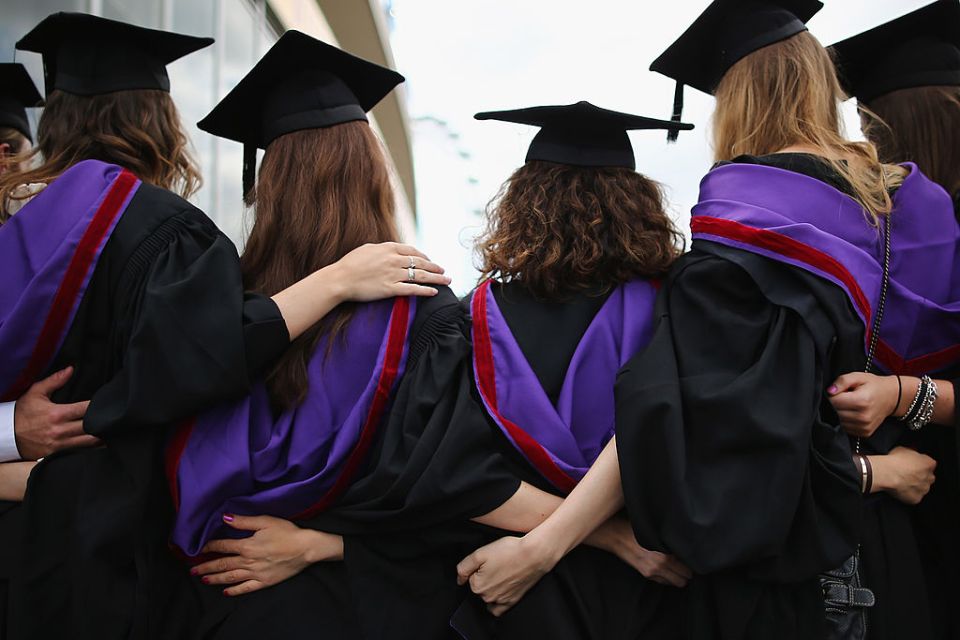Analysis: A crackdown on university degrees

It’s not the first time Rishi Sunak and his government have questioned the value of a university education. It’s been bubbling away in the Conservative party for some time; every time it resurfaces it is met with a familiar chorus of criticism “protect the humanities”.
But this isn’t just about whether or not someone from Doncaster studies Theology instead of taking up an apprenticeship.
Ever since Tony Blair made it his life’s mission for 50 per cent of young people to attend higher education, the Conservative party has struggled with its own policy on the hallowed halls of academic success.
The number of young people going on to university has hit record highs, with 565,000 people accepted onto undergraduate courses last year. Indeed it was one of the scandals of the pandemic when A-levels in England were botched by then-Education Secretary Gavin Williamson and tens of thousands of teens were unable to meet the required grades. When it was overturned, there was then the opposite problem: too many people were getting into university.
For years, we’ve heard about grade inflation over fears of stuffing universities full of people who might be better off just getting a job. This is such a hot issue because it is something we, as a society, protect: the hopes of the future generation. It’s about aspiration.
But Sunak’s desire to crack down on “useless” university degrees is only part of the equation. True, 11,000 number of students will study courses which have a less than 60 per cent rate of turning into a professional degree. And 20 per cent of students will earn less money upon graduation than if they had started work straight out of university or gone the apprenticeship route. The flip side of that is the 80 per cent of students who will earn more as a result of their degrees.
The Prime Minister is all too aware of these numbers, and, in fairness, is not looking to target the degrees which improve future career opportunities. The thing he’s really concerned about is debt.
In 2018, Theresa May launched an inquiry into higher education, primarily looking at how students would contribute to the cost of their studies.
According to figures from the House of Commons, released earlier this month, only 27 per cent of full-time undergraduates starting their degree in 2022/23 would go on to fully repay their student loans. The current value of outstanding debt stood at £206bn as of March this year, and is forecast to reach £460bn by the mid-2040s.
This is a huge sum of money a cash-strapped government will be glaring at in the budget red book every year. Changes introduced by Sunak in last year lowered the threshold at which students would start to repay their loan from £27,295 to £25,000. This is expected to mean 61 per cent of students will repay their loans.
But if we’re forking out £20bn a year, it’s understandable the government would want to see value for money here. Especially when apprenticeships are such a flagship policy.
There are, of course, concerns about turning university degrees simply into a factory for future workers. It’s unlikely Sunak is looking to use this as an opportunity to kill the humanities, as has been argued. Instead, the Prime Minister is looking to save some pennies – and quite a few of them at that.
